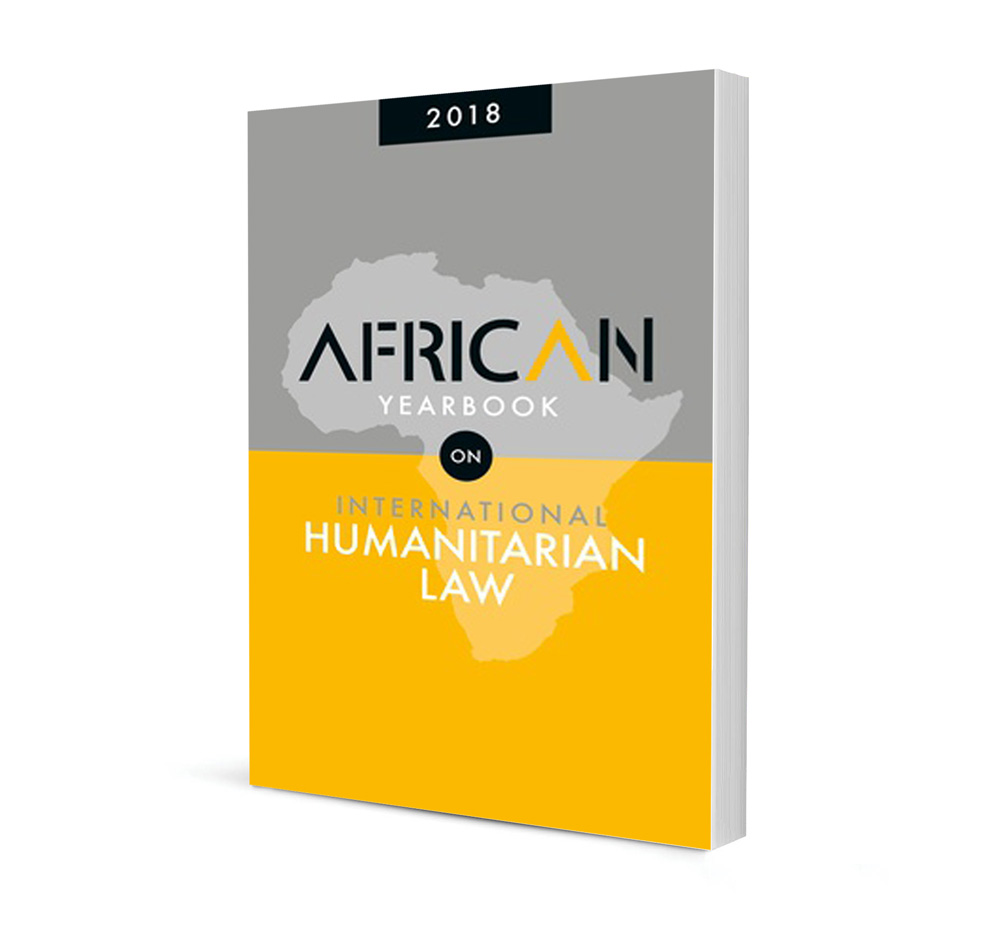The Unforeseen Humanitarian Law Implications of the NATO Intervention in Libya

The Unforeseen Humanitarian Law Implications of the NATO Intervention in Libya
Authors Kesolofetse Lefenya, Ilyayambwa Mwanawina
ISSN: 2521-2621
Affiliations: Lecturer of Law, Faculty of Law, North West University; Lecturer of Law, Faculty of Law, North West University
Source: African Yearbook on International Humanitarian Law, 2015, p. 59 – 78
Abstract
Gaddhafi’s forty-two-year rule in Libya ended after uprisings against his government led to a civil war and eventually intervention by the international community. On 31 March 2011, the North Atlantic Treaty Organization (NATO) reported to the international community that it had overall command of international military operations over Libya and that the aim of NATO actions was to protect civilians and civilian-populated areas from attack or the threat of attack. This article seeks to highlight the miscarriages of International Humanitarian Law (IHL), in particular the Third Geneva Convention Relative to the Treatment of Prisoners of War. The article will canvass the capture and murder of Gaddhafi, in that way highlighting the breaches of another body of law, namely International Human Rights Law. It is assumed that, because of the involvement of international parties, the nature of the conflict which started as a civil war turned into a conflict with enough international elements to bring it under the purview of the Geneva Conventions. The common underlying purpose of international humanitarian law and international human rights law is the protection of the life, health and dignity of human beings, regardless of circumstances. It is therefore not surprising that the content of some of the rules is similar. Both bodies of law aim, for example, to protect human life, prohibit torture or cruel treatment, process, include provisions for the protection of women and children and regulate aspects of the right to food and health. On that note, the two bodies of law must ensure to uphold and protect their core objectives and principles, thereby preventing similar atrocity cases like the Gaddhafi matter in future.